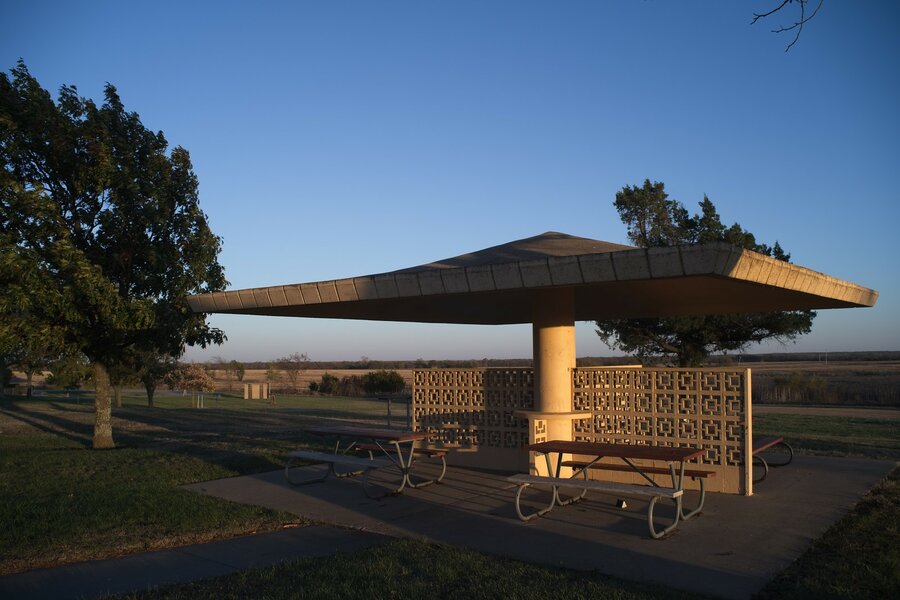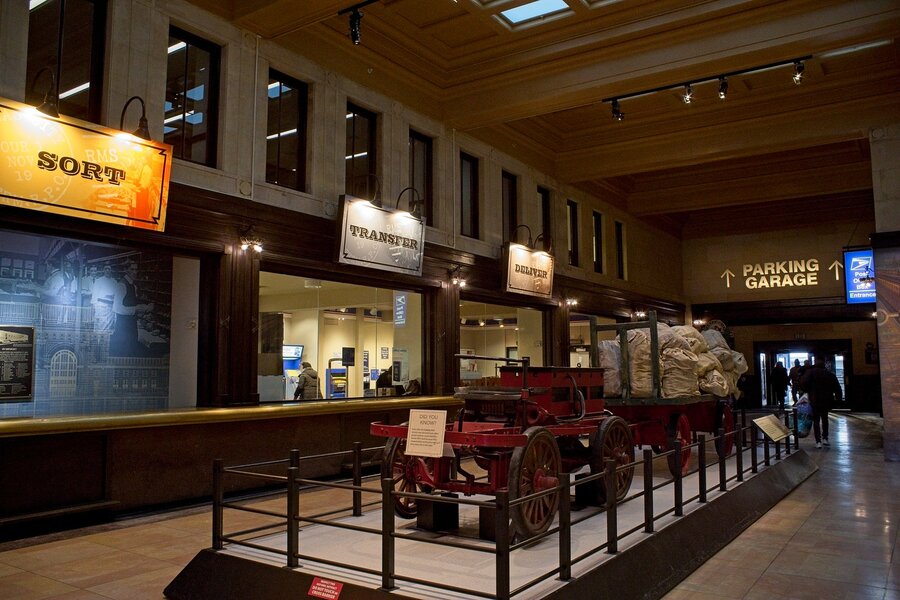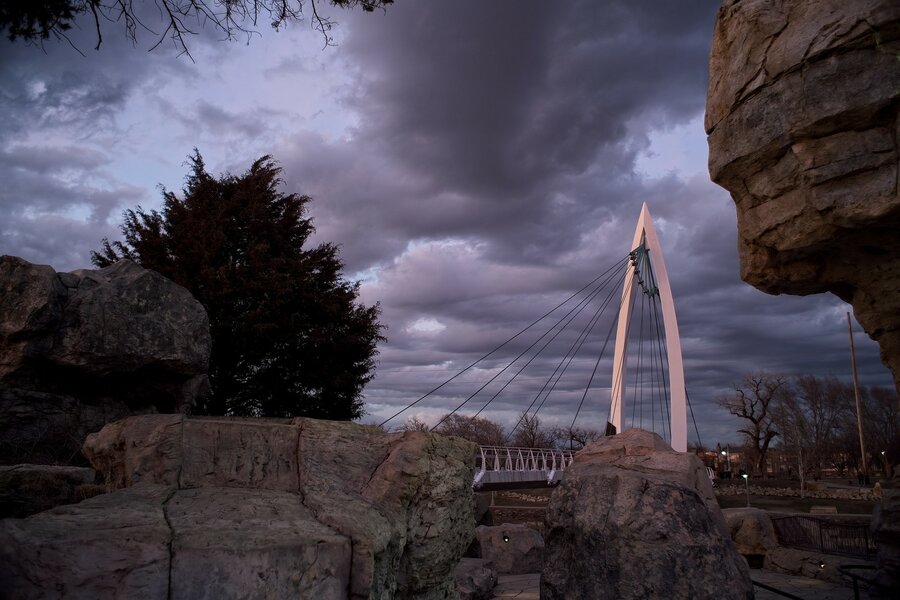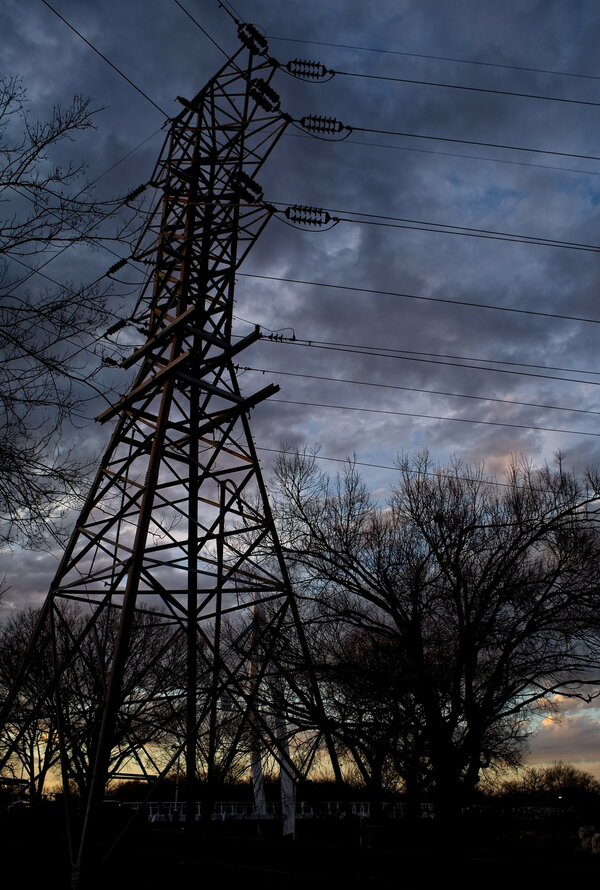robin0112358
Well-Known Member
First company to make compact and light primes wins my wallet. If they could do it in 1980 they can do it now. Sigma has made an attempt, but the Contemporary line are still much larger than comparable vintage lenses. And some are heavier than the Lumix equivalent.
Features:
Features:
- an aperture ring for tactile control
- Zeiss looks, by which I mean sleek and simple
- short metal hoods instead of giant plastic monsters
- auto-focus, so there's a reason to buy them
- no need to make them all the same size
- ZEUS 28mm F2.8
- ZEUS 43mm F2
- ZEUS 105mm F2.8







